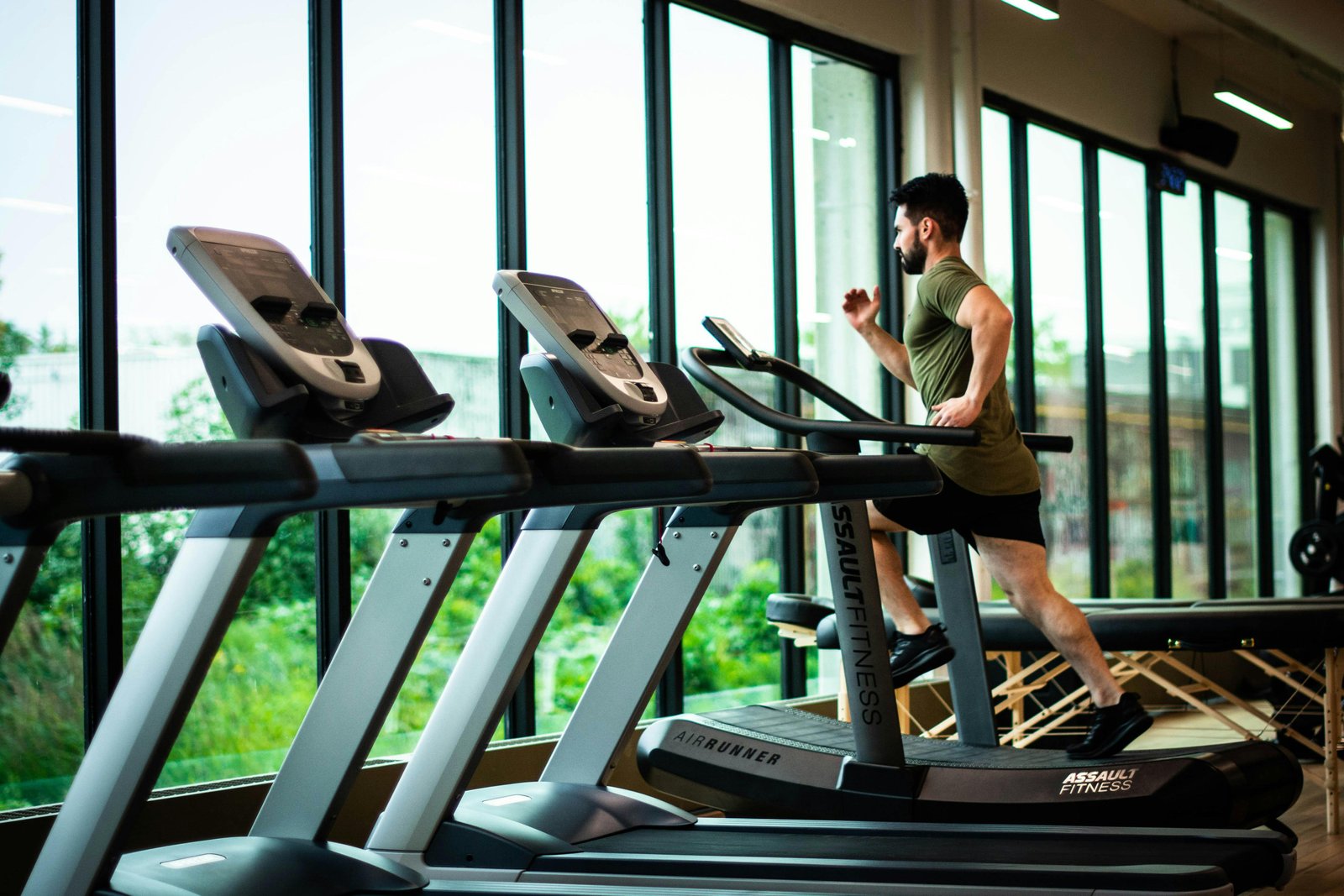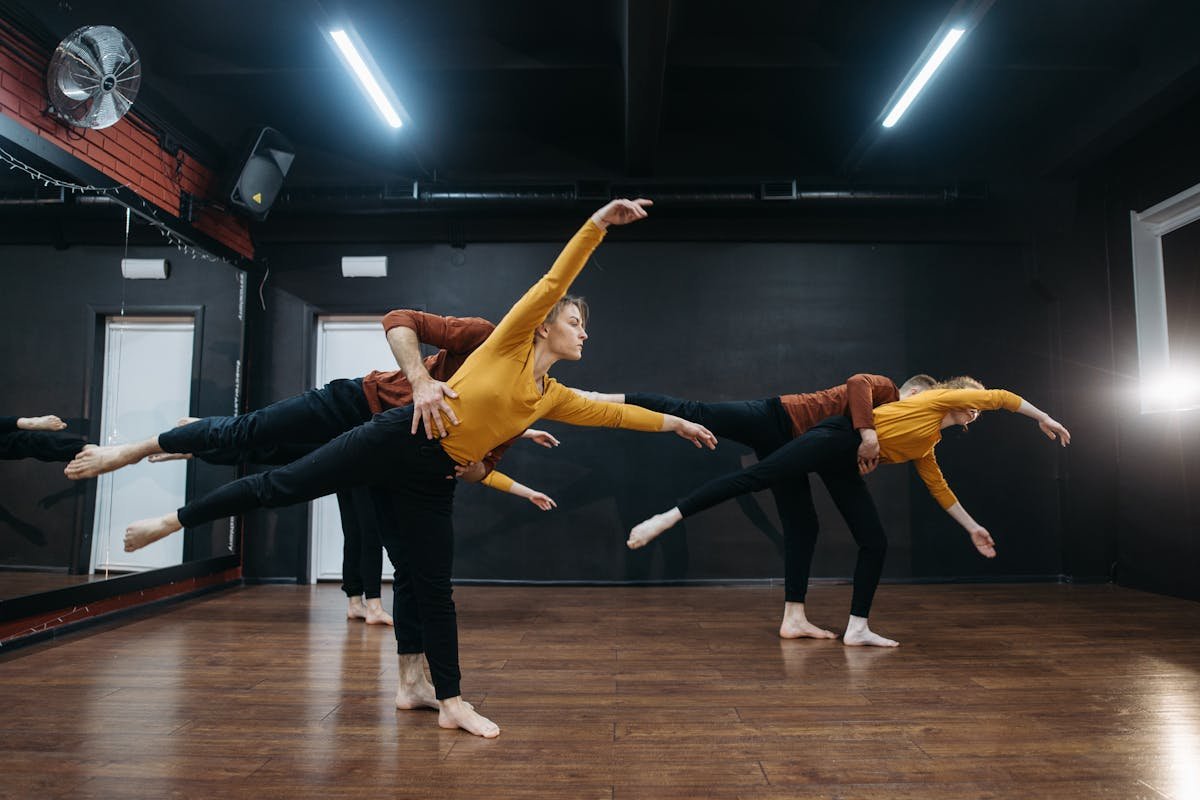Discover how to do a safe and effective regenerative workout!
Fitness / Date: 06-21-2025

Regenerative training is a strategy used by athletes to optimize the body's recovery after intense efforts . Characterized by its gentle intensity and focus on muscle restoration , this approach plays an important role in preventing potential injuries, improving sports performance and maintaining overall health.
Furthermore, this type of training allows tissue recovery, reducing accumulated tension and promoting better blood circulation. In different modalities, this technique is adapted according to the specificities of each sport, however, all maintain a lighter pace.
Therefore, if you are looking to optimize your recovery after intense practices and want to understand more about regenerative training , stay here and follow this content!
What are the characteristics of regenerative training?
Regenerative training, also known as active recovery training, was initially recommended for people who practiced weight training. However, nowadays, it is also recommended for athletes who practice endurance sports and intense physical activities , such as street running.
The idea behind this type of training is to provide a series of lower intensity exercises, focusing on mobility, stretching and techniques to help with muscle recovery, avoiding the accumulation of fatigue and minimizing the risk of possible injuries.
Furthermore, this strategy aims to stimulate blood circulation in the muscles, increase flexibility and promote the release of accumulated tension.
If done correctly, you will notice a reduction in muscle pain, an improvement in range of motion and an acceleration of recovery after more intense training.
Also, regenerative training can provide the body with an opportunity to recover without causing additional stress , as well as helping the body eliminate metabolic substances accumulated during exercise, such as lactic acid.
In short, when you do intense exercise, your muscles need energy. Although these chemical components are not harmful to your health, when they accumulate in large quantities in the muscles, the tissues can become sore, causing a “burning” sensation.
For those who regularly participate in competitions, regenerative training becomes essential in the athletes' sports routine , especially because it allows the body to effectively recover as it needs to.
When should I do a recovery workout?

Regenerative training is recommended for athletes in a variety of situations to promote healthy recovery after intense training and/or competition . When athletes push themselves to the limit, their muscles and the body as a whole can be put under a lot of stress. This is where this approach comes into play.
Therefore, low-intensity, short-duration exercises are performed. Regenerative training is usually indicated the following day and plays an important role during loading periods , when athletes are in more intense training phases.
Furthermore, this approach is not only beneficial for the body, but also for the athlete's mind , as it provides an opportunity to relax, relieve stress and maintain a healthy mindset, contributing to a balance between physical and mental performance.
How to do a regenerative workout?
Before starting any type of technique, it is recommended to seek adequate support and guidance from qualified professionals so that a personalized recovery plan can be developed that meets your individual needs and avoids any health problems.
This is because some steps are essential to keep the body in its best condition , whether it's choosing the appropriate exercises or even incorporating relaxation techniques.
Therefore, to help you better understand how to do a regenerative workout, check out these 5 tips:
1. Low intensity
The main focus of a regenerative workout is low intensity. Opt for low-impact exercises that don't put a strain on your muscles or cardiovascular system, such as walking.
This step stimulates blood circulation, helps eliminate accumulated metabolic substances and prevents excessive fatigue. In addition, the risk of possible injuries can be minimized , after all, it provides an active break, allowing the muscles to relax and restore balance.
2. Stretching
Stretching is important in the regenerative process, as it improves flexibility and reduces accumulated tension . This helps promote recovery after intense exercise and also prevents possible injuries.
In addition, stretching helps to relax muscles , which are often tense and contracted after exercise. This release of muscle tension not only provides immediate relief, but also helps to prevent potential discomfort and pain in the area.
3. Massage
Massage is recognized for its benefits in muscle recovery and general body relaxation, making it a great option for regenerative training. This is another technique that helps release tension accumulated in the muscles, promoting relaxation and improving blood circulation. This can relieve body pain, reduce stiffness and facilitate recovery after an intense workout.
In addition to the physical benefits , massage can also have positive effects on your mental state . It can reduce stress, anxiety and promote a sense of deep relaxation, thus improving the quality of your sleep and your overall sense of well-being.
4. Myofascial release
Myofascial release is another technique frequently used in regenerative training to improve muscle recovery and flexibility. It focuses on manipulating the layers of tissue that surround muscles, bones and organs.
This method also involves using tools like foam rollers, massage sticks, or release balls to apply controlled pressure to specific areas of the body. The benefits include improving blood circulation and promoting a healthier range of motion in the joints.
If you are new to myofascial release, seek out a physical therapist to ensure the procedure is performed safely and effectively!
5. Ice therapy
Ice therapy, also known as cryotherapy, is typically used to reduce inflammation and relieve discomfort after intense physical activity as part of a regenerative workout. It involves the controlled application of ice or cold substances to areas of the body that have been subjected to exertion.
Furthermore, by reducing inflammation, the feeling of stiffness and muscle discomfort can also be reduced . In post-workout recovery, this technique can help speed up the body's healing process, allowing muscles and tissues to recover more quickly.
How does regenerative training work in sports?
Regenerative training can also be performed through sports, such as running, swimming, and/or cycling. However, each practice has its own specificities that influence the way these exercises are performed.
It is important to remember that professional guidance is essential when adapting any modality for regenerative training. Below you can see the specifics of this approach in 3 sports:
Regenerative training in running
In running , recovery workouts are performed at a slower pace and generally involve shorter distances . The main goal is not to improve performance and/or endurance, but rather to allow the body to recover after more demanding sessions.
During these workouts, the focus is on maintaining a comfortable intensity , where your heart rate remains relatively low.
Regenerative training in cycling
In cycling , regenerative training involves cycling at a more comfortable and relaxed pace . During this approach, the focus is not on the kilometers covered, but on the quality of recovery. Typically, the distances covered are shorter than in regular training .
Also, flat or slightly inclined terrain is chosen to reduce the load on the legs, with a high cadence and focus on blood circulation.
Regenerative training in swimming
In swimming , regenerative workouts are characterized by a gentle pace, focusing on swimming techniques and controlled breathing . This helps stimulate blood circulation and promote muscle recovery.
The distance swum is reduced, and the individualized approach takes into account injury history and fitness level. In addition, the water provides a low-impact environment , which is beneficial for muscle recovery.
Why should I invest in regenerative training?
First of all, it is important to highlight that focusing only on progression in sports can be detrimental to the health and performance of athletes . After all, the body needs to recover adequately in order to safely progress. Furthermore, rest not only helps prevent possible injuries, but also plays an essential role in long-term sports performance .
It is important to note that after a highly intense exercise session for the body, the recovery strategy must be carried out with the opposite intensity. Therefore, opting for regenerative training is a smart choice that brings a series of benefits , whether it is avoiding chronic fatigue and/or even overtraining .
Finally, do not rule out the help of professionals throughout the process so that the specificities of your regenerative training are adapted in a balanced way, considering your individual needs, in order to ensure effective recovery without compromising health and performance.
Follow Us
Newsletter
Subscribe to our newsletter to stay updated with our latest news and offers.
We respect your privacy.Trending










